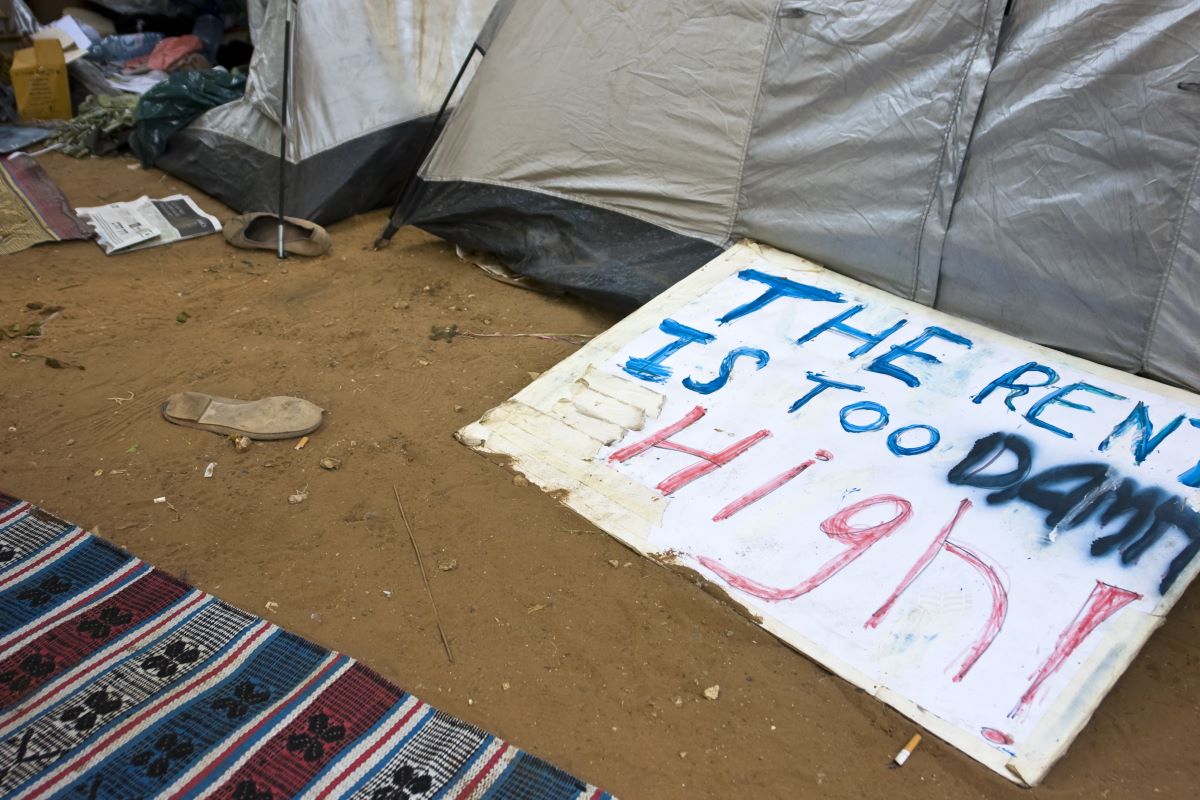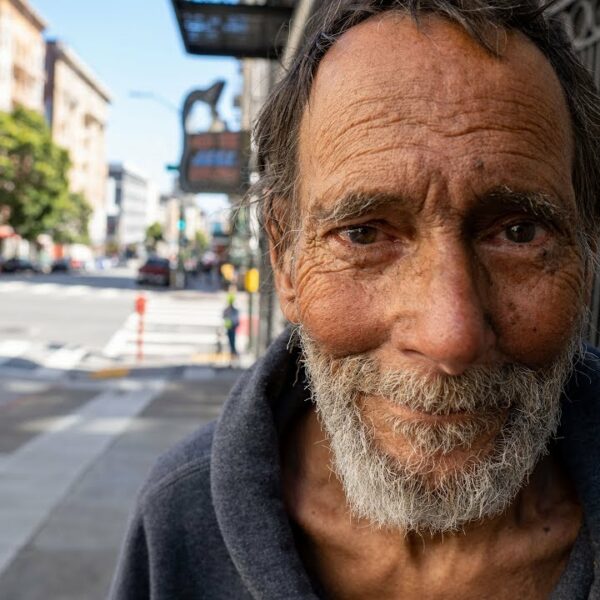Unveiling the Link Between High Rents and Rising Homelessness Rates
How can it be that homelessness is so concentrated in certain cities while its stereotypical “causes” like unemployment, mental illness, poverty, and drug use remain relatively static nationwide?
If you’ve been reading here long, you’ll know that those things don’t cause most homelessness. The driving factor is a lack of affordable housing. That’s why we see greater homelessness per capita in cities where housing has become almost entirely unaffordable. Wherever the rent is high, rates of homelessness will also be high.
Homelessness is a Housing Problem
In their book Homelessness is a Housing Problem, researchers Gregg Colburn and Clayton Page Aldern break down the numbers that expose this phenomenon.
By comparing rates of homelessness in cities across the nation, along with their corresponding rates of low-income households, substance use, climate, divorce, and several other individual precipitating factors, they seek to tease out the real root cause of homelessness.
Suppose poverty is low in a particular city while homelessness remains high. In that case, they reason that poverty can’t be the true root cause of homelessness, only a precipitating factor that leaves some people more vulnerable to homelessness than others. This point is proven in cities like Detroit and Cleveland, which have many very low-income households but comparatively low rates of homelessness per capita.
Colburn and Clayton took data from the 35 largest Metropolitan Statistical Areas in the United States to conduct this analysis. They then identified which Continuum of Care covered each city and ended up with 30 cities with usable data focused narrowly on the city in question. They compared these regions every year from 2007 to 2019.
This analysis of geographic variations supports the conclusion on the cover- homelessness is a housing problem.
It’s Not As Complicated As They Say
A lot of effort goes into painting homelessness as an insurmountable problem that no one can fully understand. This air of mystery lets politicians off the hook when they fail to do anything effective to end it. It’s beneficial to them for us to think it’s a complex, convoluted issue with no easy solutions and no clear root cause to tackle.
But in reality, it’s not that complicated.
When housing costs more than people can pay, they become homeless. It’s as simple as that.
In cities where rents have risen through the roof and show no signs of stopping any time soon, homelessness is rising right alongside. It’s not a coincidence. People have been priced out of housing entirely in these lucrative areas where landlords and property investors can make a seemingly unlimited amount of money without a second thought about the human cost of it all.
And why should they care if people are suffering and dying on the streets while they line their pockets? After all, it’s perfectly legal.
I’ve said it before, and I’ll probably have to say it many more times- we cannot rely on the morality and conscience of corporations or those blinded by greed. We need legislation. Let’s encourage our representatives to get creative.
If a cap on the amount of profit landlords can extract from tenants threatens the illusion of the American Dream too much, how about affordable housing requirements that actually have some teeth? Or shaving off a slice of the infinite “defense” budget to fully fund our existing programs that only serve a fraction of eligible applicants? Try something new.
The Housing Market Shapes Homelessness
As much as people like to point fingers and try to figure out who to blame for the existence and current prevalence of homelessness, real estate agents rarely enter the conversation. Nevertheless, the data show that the housing market is a leading force in shaping homelessness in any city.
Where housing is too expensive or too hard to come by, homeowners may feel smug about the hypothetical profit they’ll one day cash in, aka their precious property value. But rarely do they consider their own role in unhousing their neighbors.
It’s ironic how often homeless encampments are accused of bringing property values down in a neighborhood when the reality is actually the inverse – increasing housing prices shut people out of housing entirely, leaving them nowhere else to live but in tents on your street.
No matter how desperate HGTV gets for content, I doubt they’ll introduce a show based on this cycle. Imagine the third Property Brother coming out after the big renovation reveal and reading off a recap straight to the camera of how much more unaffordable the local housing market just got. It doesn’t sound like a hit.
The Rent Is Too Damn High
As landlords cater more and more to the highest-income tenants they can possibly attract, affordable rental options are disappearing left and right in favor of higher profits.
It may be an inconvenience when one affordable housing unit gets flipped into a luxury condo. But when they all get flipped, and there are little to no more affordable options left, it’s a real problem. You might even call it a housing crisis.
This is the situation we’re in now. Real estate investors aren’t interested in wasting their time on the “small fish” of affordable housing, and they have little incentive or legal requirement to do so. So, rent prices keep increasing. Affordable housing units disappear or fall into uninhabitable disrepair. And more and more American households are becoming rent-burdened, spending more than one-third or one-half of their monthly income just to keep their housing.
This is a very precarious situation, and we see the results of this system all around us daily. People are being churned up and spit out when they can no longer keep up with the meteoric rise of rental prices.
If we can manage to get these rental prices under control, we can reasonably expect to see homeless populations decrease right alongside.













